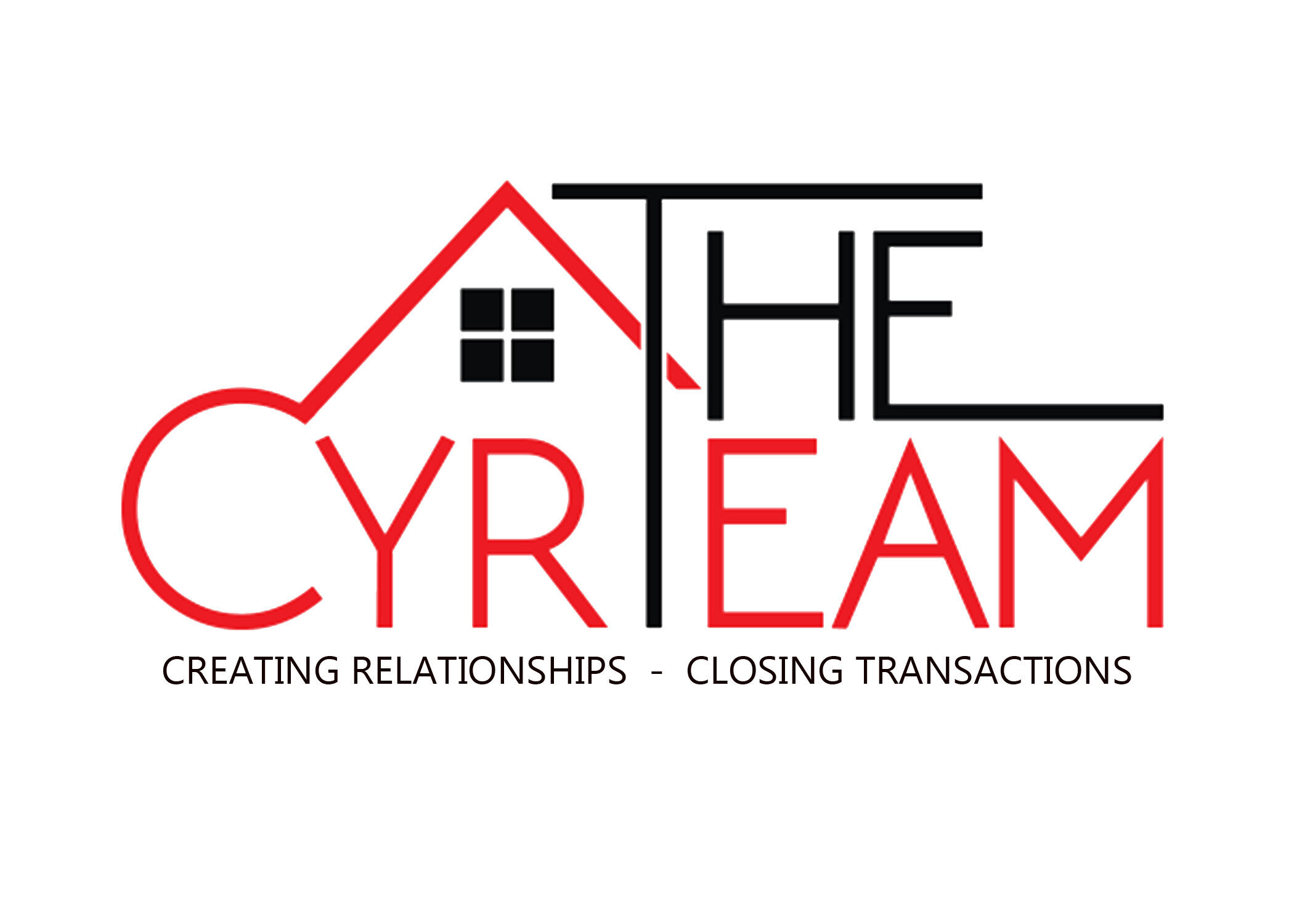In our previous article, we talked about the effects of high mortgage rates on the real estate market. [Click here to read the full article.] We touched on the subject of rising home prices, as well. In this post, we would like to dig deeper on the trends of home pricing, renting and overall home affordability. These issues are very important for home sellers, home buyers and renters to understand as the market continues to evolve.
The Pros and Cons of High Home Prices
Sellers who are comfortably living in a home they can afford enjoy seeing home prices going up. Real estate is generally considered to be one of the safest and most lucrative long-term investments. As property values rise in every part of the country, these homeowners know they are sitting pretty.
Of course, a higher value means a higher selling price when it eventually comes time to sell your house or condo. That’s a good thing, right? It is until more buyers can no longer afford to purchase properties. It also makes it challenging for a home seller who then becomes a home buyer in a high-priced market. That is another reason why many homeowners are content to stay put and we’ve seen such low housing inventory in recent years.
Reaching the Tipping Point
We’re already close to this tipping point now with extremely high mortgage interest rates and home selling prices also continuing to rise. Buyer demand is dwindling for the simple fact that home affordability has gotten out of reach for so many who would be in the market in more favorable conditions (low rates and/or lower home prices).
If mortgage rates continue to soar upward, that may ultimately impact home price trends as something eventually has to give. Even if rates come back down, it may take time before buyer demand rises significantly.
Rising Numbers of Renters
The number of people renting in the United States continues to go up, and the trends tend to match rises in both mortgage rates and home prices. This is not only happening with renters in low- or middle-income tax brackets. The amount of high-income renters has grown quite rapidly in recent years. Over the years of 2015-2020, the percentage of high-income renters (earning $150,000 or more annually) grew by a staggering 82%!
Buyer demand did go up during late 2020 and 2021 when mortgage rates were at historic lows. We saw a frenzy of real estate activity during this period, but it has quickly slowed down with rising mortgage rates. Meanwhile, home values and selling prices have continued to go up and that is driving more would-be home buyers into rental situations. It is simply more affordable to rent (especially in high-price markets) and not be saddled with a huge homeownership debt and mortgage interest payments.
Renting has become more attractive—and more financially feasible—for many Americans in all tax brackets. 28.4% of renters making more than $1 million a year are millennials. Another 22.6% are generation X. Younger generations are putting off the dream of homeownership in favor of renting, even those in extremely high income ranges.
The Cycle of Real Estate
The high percentages of renters can also create a different tipping point. As rental demand rises, so will rent prices. This may ultimately drive more people back toward homeownership as a better solution. Right now, we are in a very unique situation. Mortgage rates, home prices and rent prices are all going up and home affordability is become a major challenge across the board.
It’s not all doom and gloom, however. People are still buying homes. Sellers are still selling. People who want to rent are finding places to live. The world moves on and real estate trends are always cyclical. Things tend to balance out over time. It is simply interesting to analyze the data and study the trends in our real estate market. What we always tell our clients is that there are right times to buy or sell a home. When it’s time to make a move may depend on a number of financial, emotional and practical factors.
Do What’s Best for You
Home buyers who are in a good position to buy shouldn’t be scared away by high mortgage rates and high asking prices. There is rarely a bad time to be a homeowner. There are many financial benefits to homeownership that make it worth it regardless of current or future market conditions. Home sellers who are ready to sell and move on shouldn’t be concerned about home affordability and lower buyer demand. A properly prepared property will sell and should net you a great return. Just be smart about what you plan to do next as you become a buyer or renter.
If renting makes more sense right now based on your financial situation or lifestyle needs, rent away. Wait until homeownership is the right solution for you. That time will come. How you manage your money in the meantime can put you in the best possible situation when it does.
If you have questions about real estate or are thinking about buying or selling a home in Southeastern Pennsylvania or Northern Delaware in the near future, contact The Cyr Team today.

